In the world of endurance sports and cardiovascular health, few metrics carry as much weight as VO2 max. Often referred to as maximal oxygen uptake, this measurement represents the pinnacle of aerobic capacity—the maximum amount of oxygen your body can utilize during intense exercise. Athletes and coaches have long revered it as the ultimate benchmark for cardiovascular fitness, while medical professionals recognize its profound implications for long-term health outcomes.
The science behind VO2 max reveals why it holds such importance. When you engage in vigorous physical activity, your muscles demand oxygen to produce energy aerobically. Your VO2 max quantifies how efficiently your body can transport and utilize that oxygen through a complex chain of systems—from lung absorption to heart pumping capacity and finally to muscle extraction. This oxygen cascade determines your aerobic ceiling and explains why two individuals running at the same pace might experience vastly different levels of exertion.
Measuring the Immeasurable: The Physiology Behind the Test
Clinical VO2 max testing typically involves graded exercise to exhaustion on a treadmill or stationary bike while wearing a metabolic mask. This sophisticated apparatus measures the difference between inhaled and exhaled oxygen concentrations, calculating precisely how much oxygen your body consumes at peak effort. The test continues with increasing intensity until oxygen consumption plateaus despite increased workload—this definitive point marks your true VO2 max.
What makes this measurement particularly fascinating is how it encapsulates multiple physiological systems simultaneously. Pulmonary function determines oxygen intake, cardiac output governs oxygen delivery, and muscular composition affects oxygen utilization. The test essentially stress-tests your entire oxygen transport system under maximum duress, revealing the weakest link in your aerobic chain.
The Athletic Imperative: Why Endurance Athletes Obsess Over VO2 Max
Among competitive endurance athletes, VO2 max values separate the good from the extraordinary. Elite male distance runners often score in the 70-85 ml/kg/min range, while their female counterparts typically reach 60-75 ml/kg/min. These numbers represent nearly double the average sedentary person's capacity and explain how world-class athletes maintain blistering paces that would leave most people gasping within seconds.
However, VO2 max tells only part of the performance story. Two athletes with identical VO2 max values might achieve dramatically different race results due to variations in lactate threshold and running economy. This explains why some genetically gifted individuals with extraordinary VO2 max numbers never become champion athletes—they may lack the neuromuscular efficiency or pain tolerance to capitalize on their aerobic potential.
The Mortality Crystal Ball: VO2 Max as a Health Predictor
Beyond athletic performance, VO2 max serves as a powerful predictor of all-cause mortality. Research consistently shows that individuals with higher aerobic capacity experience significantly lower risks of cardiovascular disease, diabetes, and certain cancers. The correlation remains strong even after adjusting for factors like smoking and obesity, suggesting that VO2 max represents an independent health marker.
Cardiologists now view VO2 max testing as equally important as cholesterol screening or blood pressure measurement. A study published in the Journal of the American Medical Association found that every 3.5 ml/kg/min increase in VO2 max corresponds to approximately a 10-15% reduction in mortality risk. These findings have led some researchers to propose that VO2 max should become a standard vital sign assessed during routine physical examinations.
Nature Versus Nurture: The Genetic and Trainable Components
An individual's VO2 max potential depends on both genetic predisposition and training status. Twin studies suggest that genetics may account for up to 50% of the variance in VO2 max between individuals. Factors like heart size, muscle fiber composition, and baseline hemoglobin levels all contribute to this innate advantage. However, the remaining 50% represents the remarkable adaptability of the human body through proper training.
Endurance training can increase VO2 max by 15-20% in previously sedentary individuals, with even greater improvements possible in those starting from very low fitness levels. The mechanisms behind these gains include increased blood volume, enhanced cardiac output, improved capillary density in muscles, and greater mitochondrial biogenesis. Interestingly, most improvements occur within the first 6-12 months of consistent training, highlighting both the body's rapid adaptability and the eventual need for more sophisticated training methods to elicit further gains.
Breaking Plateaus: Advanced Strategies for VO2 Max Improvement
Seasoned athletes seeking to push their VO2 max higher must employ specialized training techniques. High-intensity interval training (HIIT) has proven particularly effective, with protocols like 4×4 minute intervals at 90-95% of maximum heart rate showing significant improvements. These sessions stress the aerobic system more profoundly than steady-state exercise, forcing physiological adaptations at the cellular level.
Altitude training presents another intriguing approach. By exposing the body to oxygen-deprived environments, athletes stimulate increased red blood cell production and enhanced oxygen-carrying capacity. However, the practical implementation requires careful periodization, as chronic altitude exposure can actually impair high-intensity performance. Many elite athletes now use "live high, train low" protocols to maximize the benefits while minimizing the drawbacks.
The Aging Paradox: VO2 Max Decline and Mitigation Strategies
After peaking in early adulthood, VO2 max typically declines by about 1% per year, accelerating slightly after age 50. This reduction stems from decreased maximum heart rate, reduced muscle mass, and declining stroke volume. However, research demonstrates that consistent endurance training can cut this decline by half, preserving cardiovascular capacity well into older age.
Master athletes who maintain rigorous training regimens often display VO2 max values comparable to untrained individuals decades younger. This phenomenon underscores the plasticity of the human cardiovascular system and provides compelling evidence that much of what we consider "normal aging" may actually reflect detraining effects rather than inevitable physiological decline.
Practical Applications: Incorporating VO2 Max Principles Into Training
For those seeking to improve their aerobic capacity, understanding VO2 max principles can inform smarter training decisions. While direct measurement requires specialized equipment, several field tests provide reasonable estimates. The Cooper test (12-minute run for distance) and the 1.5-mile run test offer practical alternatives for tracking progress over time.
Training should emphasize both the intensity needed to stress the VO2 max system and the volume required to build aerobic endurance. A balanced approach might include one high-intensity VO2 max session per week, complemented by longer, moderate-intensity workouts that develop supporting physiological adaptations. This combination ensures comprehensive development of the aerobic system while minimizing injury risk.
As our understanding of human physiology deepens, VO2 max remains one of the most revealing metrics of cardiovascular health and performance capacity. Whether you're an aspiring athlete or simply seeking to maximize your healthspan, paying attention to your aerobic capacity provides benefits that extend far beyond any finish line.
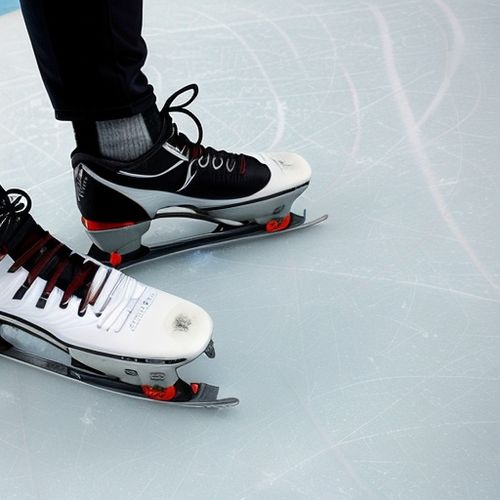
By William Miller/May 9, 2025
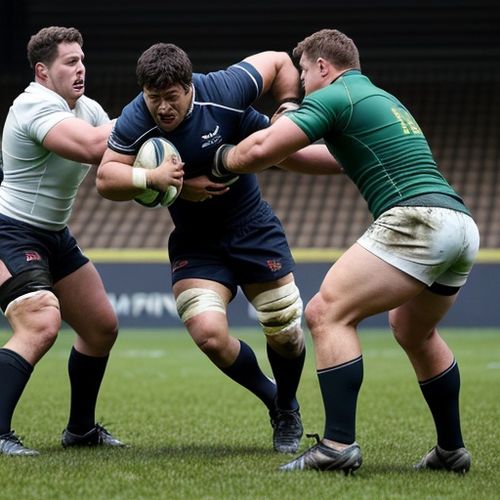
By John Smith/May 9, 2025
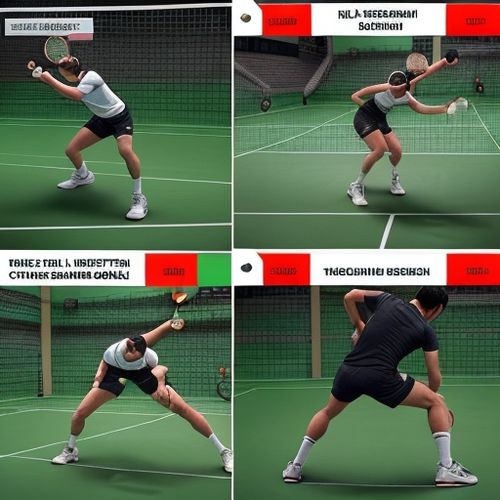
By Lily Simpson/May 9, 2025
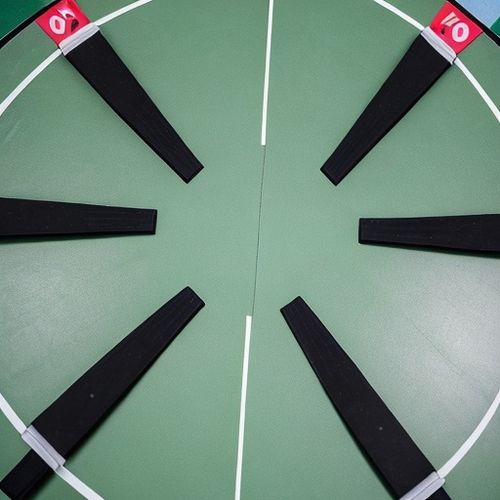
By Eric Ward/May 9, 2025
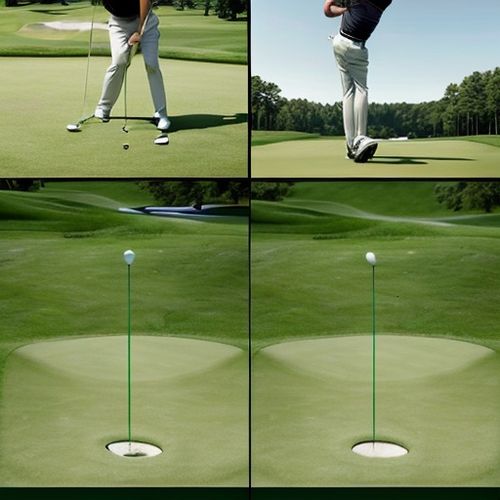
By Eric Ward/May 9, 2025

By Victoria Gonzalez/May 9, 2025
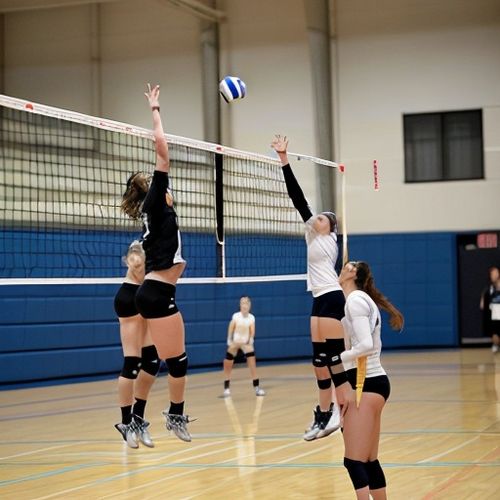
By Samuel Cooper/May 9, 2025
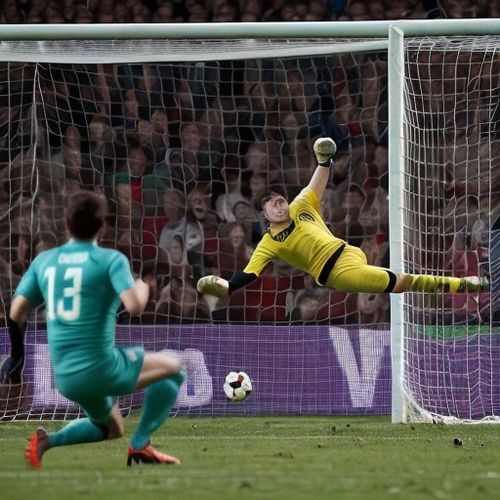
By Emily Johnson/May 9, 2025

By Noah Bell/May 9, 2025

By Joshua Howard/May 9, 2025

By Eric Ward/May 8, 2025

By Joshua Howard/May 8, 2025

By George Bailey/May 8, 2025
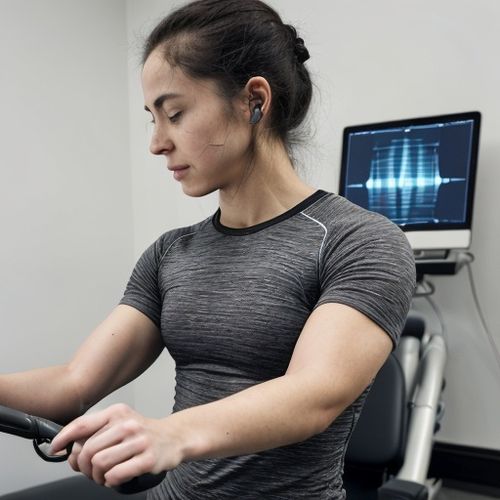
By Grace Cox/May 8, 2025
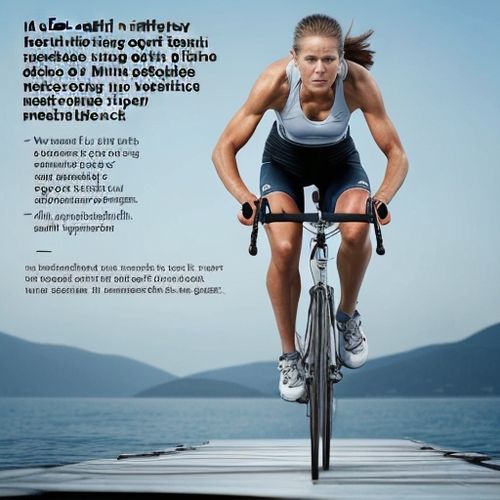
By Michael Brown/May 8, 2025
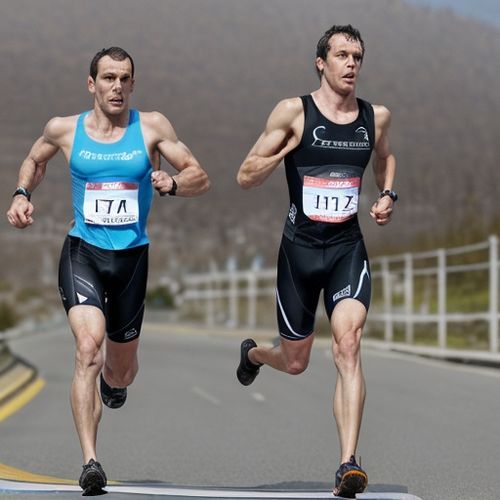
By Daniel Scott/May 8, 2025
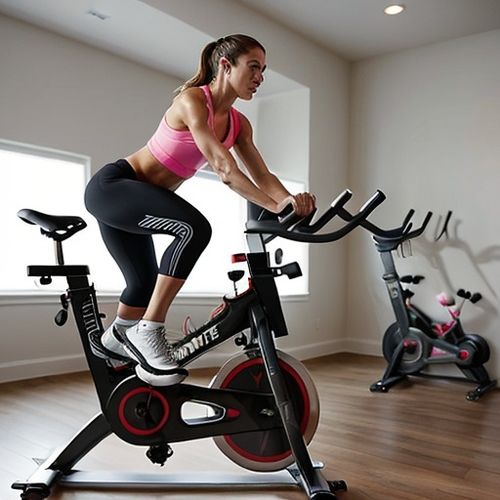
By Rebecca Stewart/May 8, 2025
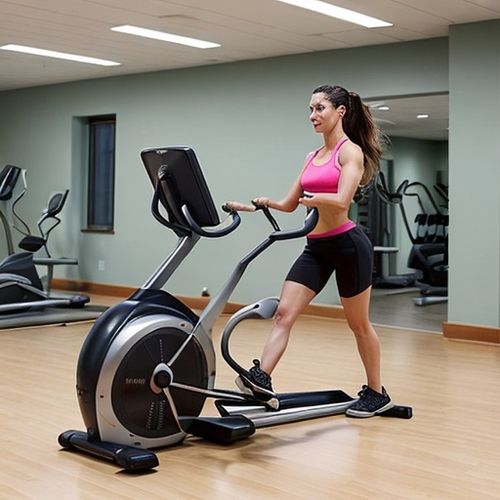
By Victoria Gonzalez/May 8, 2025
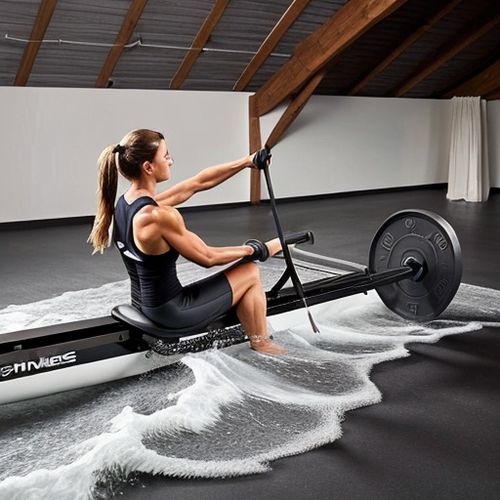
By Emily Johnson/May 8, 2025
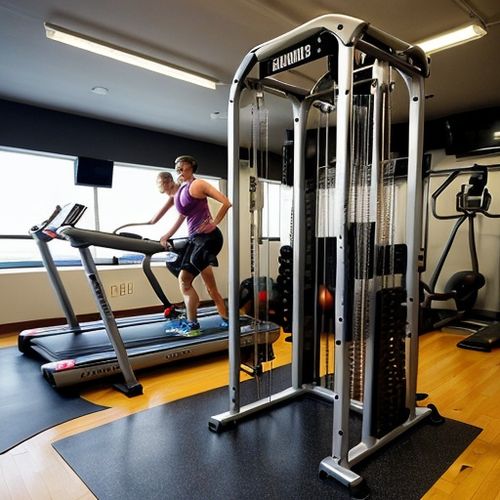
By Olivia Reed/May 8, 2025